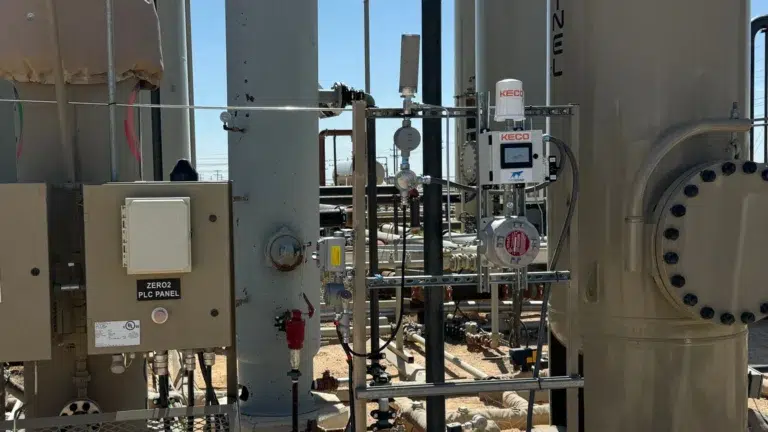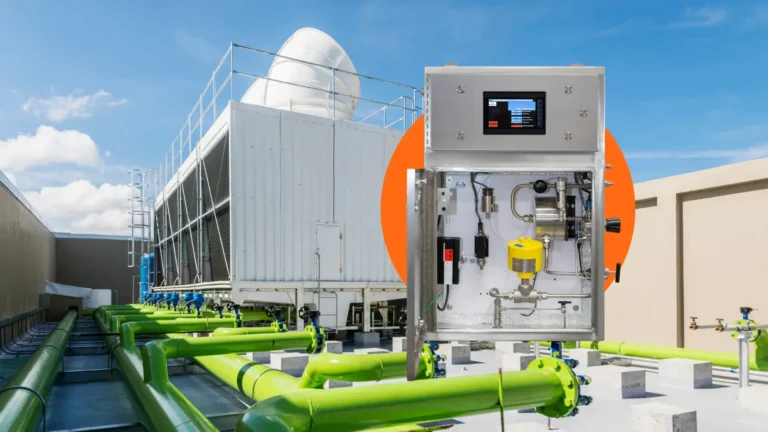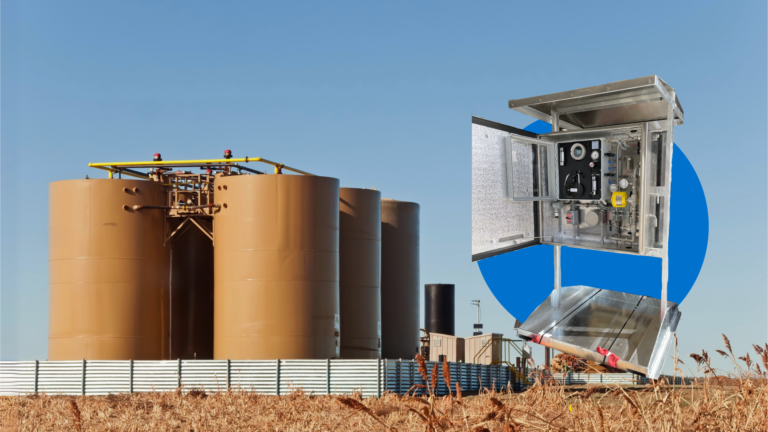Why Lead Acetate Tape H2S Analyzers Are The Most Reliable Option
November 12, 2015
Over the years new process analyzers have been developed to measure hydrogen sulfide.
These include TDL (laser) and UV absorption spectroscopy and electrochemical cells.
However, in many applications these analytical methods are not meeting the user expectations and are now being replaced with tape method analyzers. So why, after several decades, are tape method analyzers still dominating the market for H2S analysis?
4 Key Reasons Tape Method Analyzers Lead The Market For H2S Detection
1.) The tape method does not suffer from cross-sensitivities with components similar to H2S. This means the tape method analyzer does not produce ‘false positives’ that can shut-in a pipeline, causing unnecessary loss of money.
2.) The tape method does not require zero gas or zero calibrations. When an analyzer’s zero reading is off, the rest of the readings are off and higher than they should be. This could result in an unnecessary pipeline shut-in. However, the tape method analyzes never suffer from ‘zero drift’ and does not need a supply of zero air.
3.) Only the tape method analyzers are capable of precise low ppm measurements, no matter the background gas composition. Other H2S analyzers are easily confused in the presence of components that looks similar to H2S and will report false positives.
4.) Tape method analyzers never require complicated calibrations that implement chemometric models. Other methods require continuous upkeep of calibration models over time as the process changes. Because tape method analyzers only see H2S, there is no need for calibration models and the accuracy does not change as the process changes.
Exploring The Different Methods For Accurate H2S Measurement
There are three primary detection methods to continuously quantify hydrogen sulfide (H2S).
These methods are absorption spectroscopy, electrochemical sensor cell, and the colorimetric-rateometric tape method of detection.
Primary considerations for an analyzer include low maintenance and accurate measurements. Whereas low maintenance relies on the sampling system, the accuracy of the system also lies in the detection technology. Users demand a highly versatile analyzer that maintains accuracy despite process changes.
The absorption spectroscopic method operates in conjunction with Beer-Lambert law:
“The absorbance of a solution will depend directly on the concentration of the absorbing molecules and the path length traveled by light through the solution.”
The sample enters a flow cell where a light source is shined across the sample. As the light is absorbed by components of interest, such as hydrogen sulfide (normally in the UV region), the spectrometer quantifies the resulting absorbance as concentration.
H2S analyzers with electrochemical cells are also sometimes used to measure H2S. These cells measures concentrations of a component by oxidizing the component at an electrode and measuring the current that results.
Hydrogen sulfide is a difficult component to measure due to the presence of similar background components in samples such as methyl-mercaptan, ethyl-mercaptan and other sulfur species and organics. Problems arise with the aforementioned absorption spectroscopy and electrochemical sensor cells due to these interfering components. Attempts have been made to reduce ‘false positives’ with absorption spectroscopy but this requires complicated chemometric modeling that is static and not always reliable.
Furthermore, when the process stream naturally changes over time, even slightly, chemometric model updates and new calibrations are required. This is difficult to perform in the field and often requires the labor support of the manufacturer. Suppliers of absorption spectroscopy analyzers guard chemometric models as intellectual property and the user has little control over or access to these models. Unfortunately, the user usually cannot apply new modeling in attempt to negate interfering components and require the assistance of the manufacturer. Because many processes are time critical, time spent waiting for the arrival of a manufacturer’s representative becomes burdensome.
Zero reading ‘drift’ is routine with these methods of analysis. Manufacturers of electrochemical sensor cells offer disclaimers showing an array of interfering compounds with their sensor cells including hydrogen, ethyl-mercaptan, methyl-mercaptan, ammonia, carbon monoxide, ethylene, chlorine, methane, methanol, nitrogen dioxide and other sulfur species.
Attempts have been made to “scrub” out these interfering compounds. However, these scrubbers tend to unintentionally scrub the very H2S components attempting to be measured. Furthermore, as the scrubbing media becomes spent, the degree of scrubbing the components becomes less effective over time.
The colorimetric-rateometric tape method of detection is unique in its ability to measure hydrogen sulfide directly without any practical cross-interference from other components based on thousands of worldwide applications.
State-of-the-art developments have improved the tape method to a straightforward and simple design, resulting in reliable operation with very minimal maintenance requirements. Life span for a single tape reel is extended up to 6 months in some cases. Measurement of hydrogen sulfide concentration by the use of the ASTM approved colorimetric-rateometric tape is based on physical constants and chemical factors.
Detection of H2S concentrations by the use of H2S sensing tape is achieved by exposing the film to the H2S sample through an aperture in the sample flow system, called the sample chamber. The reaction of photographic film to the light is analogous to the way that chemically saturated H2S sensing tape reacts to hydrogen sulfide.
The rate of reaction (i.e. the rate of darkening) is linearly proportional H2S concentration. Measuring the rate of darkening is therefore directly equivalent to measuring the H2S concentration.
The Proven Advantage of Tape Method Analyzers in H2S Measurement
While several methods have been developed to measure H2S over the years, the ASTM approved tape method analyzer continue to lead the pack with precise and reliable measurement of hydrogen sulfide. The tape method analyzers take out the hassles involved with the UV/laser adsorption spectroscopic methods of analysis.
This article was adapted from a paper given at an ISA AD Symposium in 2015.
The title was “Measuring H2S in Crude Oil for Quality Control and Transport Safety“.
Request a Budgetary Quote for Your Application
Provide your project specifications, industry details, and end-use location to receive a tailored pricing estimate from our team.
Request Budgetary Price





